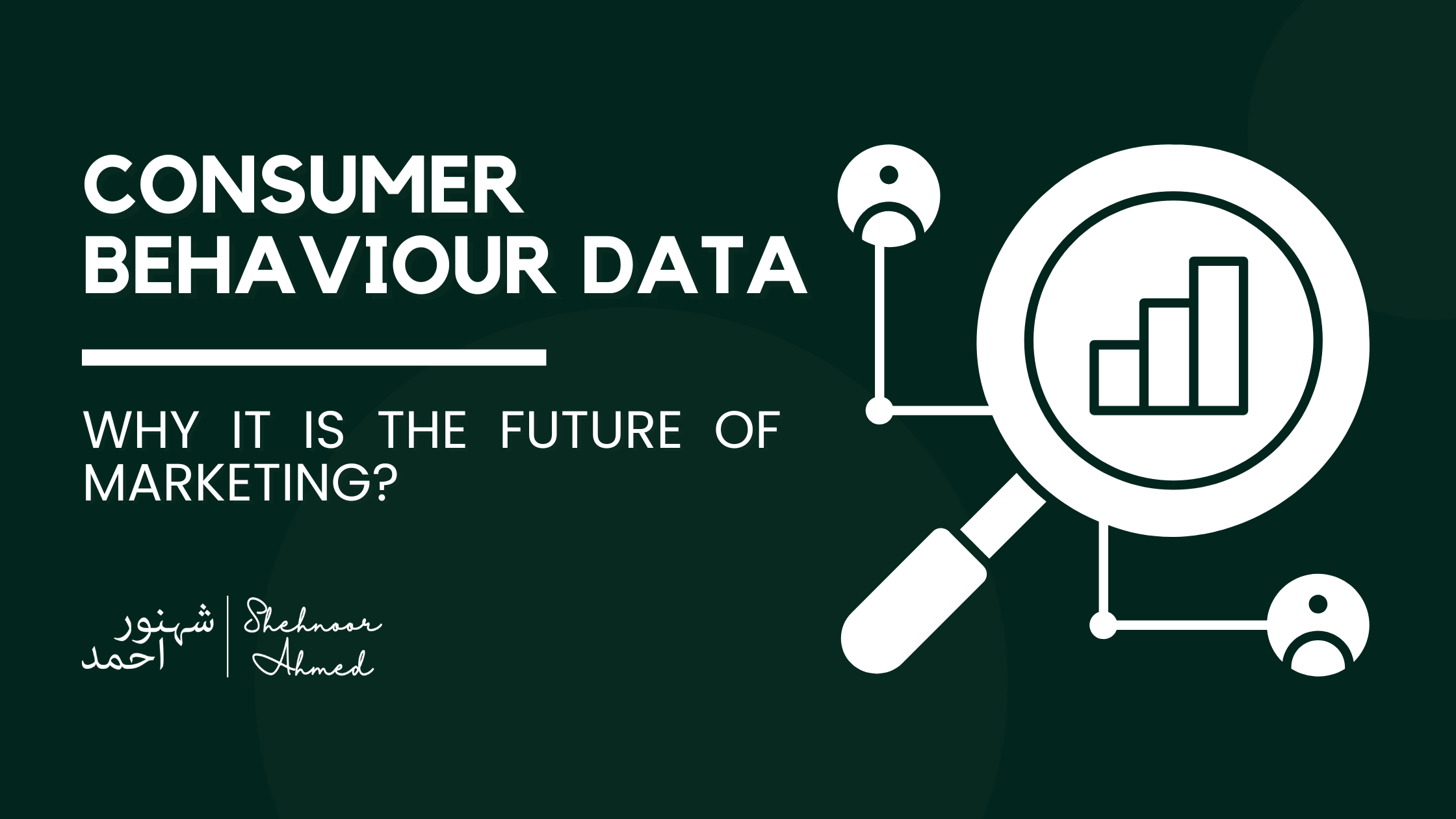
Why Consumer Behaviour Data Is the Future of Marketing
Marketing in 2025 is no longer about gut feeling, it’s about behaviour. As we enter an era of AI and automation, the power of real-time consumer behaviour data is transforming how brands reach, engage, and convert their audiences. From tracking scroll depth to predicting churn before it happens, the smartest marketers aren’t guessing anymore, they’re watching, interpreting, and adapting to what their customers actually do. Ignoring this shift doesn’t just mean falling behind. It means losing touch with your audience in a market where personalization and predictive insights are everything. The Evolution from Guesswork to Behaviour-Based Marketing Digital marketing has come a long way from basic age-and-gender targeting. Today’s most effective strategies rely on behavioural signals, like click patterns, scroll behaviour, bounce rates, and micro-interactions, to decode intent. Where we once relied on demographics to guess interest, we now use heatmaps, session replays, and funnel tracking to understand user psychology in motion. This isn’t just more data, it’s better data. It tells us what people want, when they want it, and how we can deliver it. Why Real-Time Consumer Data Matters Now More Than Ever Consumers today expect instant relevance. Brands that can interpret and act on behavioural signals in real time are winning, with tailored pop-ups, dynamic CTAs, and customized offers triggered by live interactions. Real-time data allows businesses to: And with tools like GA4 and Mixpanel, this level of responsiveness is more accessible than ever before. How Top Brands Are Using Behavioural Insights to Drive Sales Leading brands in SaaS, eCommerce, and retail are already using behavioural data to outperform competitors: These examples show the power of interpreting intent, not just capturing demographics. Segmentation 2.0: Behaviour Over Demographics Behavioural segmentation outperforms traditional demographics because it captures how people act, not just who they are. Instead of lumping users into buckets like “Females 25-34,” brands now segment by: This allows for campaigns that speak directly to a user’s journey stage and interests, not assumptions based on age or location. Tools That Help Decode Consumer Behaviour Data A growing number of tools help marketers track, analyse, and act on consumer behaviour data: Tool Behavioural Features Google Analytics 4 Event-based tracking, engagement metrics Hotjar Heatmaps, scroll-depth, session replays Mixpanel Funnels, cohorts, retention tracking Amplitude Predictive analytics, journey mapping HubSpot Behaviour-triggered automation, CRM sync Microsoft Clarity Rage clicks, engagement zones Even small businesses can start with free versions of these platforms to gather powerful behavioural insights. AI + Behavioural Data = Predictive Marketing Superpower Artificial intelligence makes behavioural data even more powerful. By processing large datasets in real time, AI models can: Combined, AI and behavioural data offer a proactive, predictive, and highly personalized marketing advantage. Challenges: Privacy, Compliance & Ethical Use of Data With great data comes great responsibility. Ethical marketing in 2025 means: Behavioural marketing works best when it enhances, not invades, the customer experience. What Consumer Data Can Teach You About Product-Market Fit Tracking consumer behaviour data doesn’t just improve marketing. It can refine your core offering: Behaviour data helps you build what your customers actually want, not just what you think they need. How Shehnoor Ahmed Helps You Make Smarter Marketing Moves At Shehnoor Ahmed, we help growth-driven businesses: With experience in digital advertising, predictive analytics, and consumer psychology, we turn data into revenue-generating decisions. ![Image: Funnel with behaviour-based touchpoints] ![Image: Heatmap showing user attention zones] ![Image: Engagement dashboard with real-time KPIs] ![Image: AI system predicting user path from behavioural data] Key Behavioural Data Tactics Winning in 2025 Comparison Table Feature Traditional Marketing Data Behaviour-Driven Marketing Focus Demographics, past purchases Real-time behaviour, intent Accuracy Low to moderate High, dynamic Personalization Limited Deeply contextual Targeting Broad Precision-driven Adaptability Reactive Proactive & predictive FAQs Q: Why is consumer behaviour data more effective than demographic data?A: Because it reveals what users actually do, enabling deeper personalization based on actions, not assumptions. Q: Can small businesses use behavioural data?A: Absolutely. Free tools like GA4, Microsoft Clarity, and Hotjar offer robust behavioural tracking without big budgets. Q: What’s the best way to start using behavioural data in marketing?A: Begin by identifying user actions tied to conversions, then segment and personalize based on those patterns. Q: Is it legal to track user behaviour online?A: Yes, as long as you follow GDPR/CCPA, gain clear consent, and maintain transparency with users. Ready to Future-Proof Your Marketing with Behavioural Data? Behavioural data is no longer optional, it’s essential. In 2025 and beyond, brands that thrive will be those who know not just who their audience is, but how they behave. Want to build campaigns that adapt to what your customers actually do, not just who they are?



